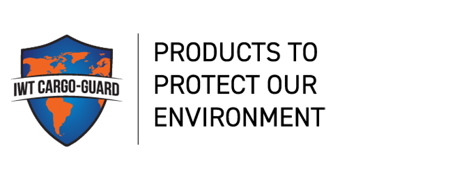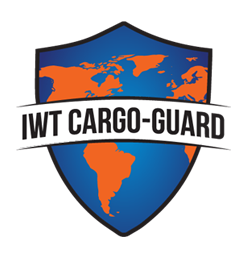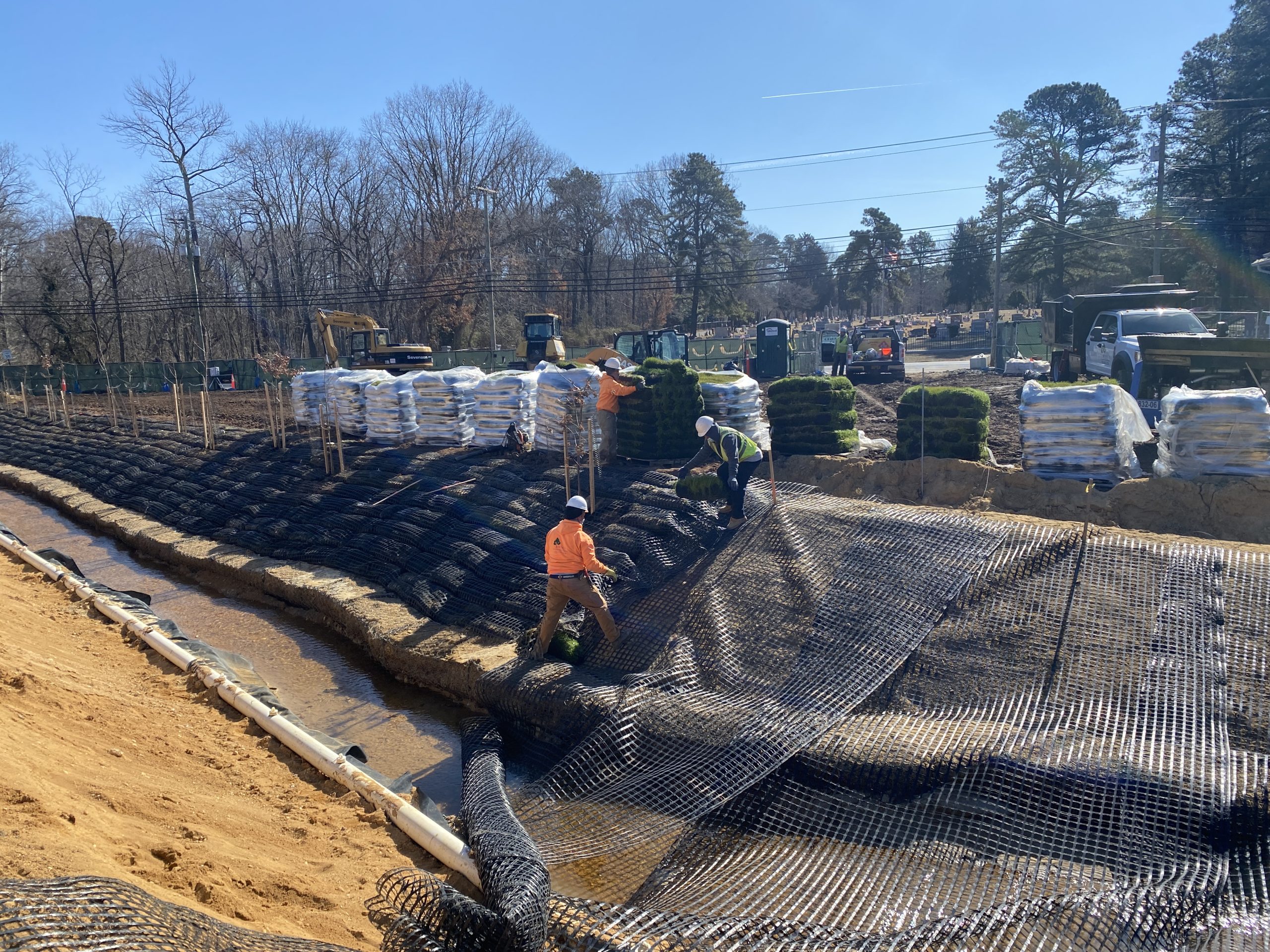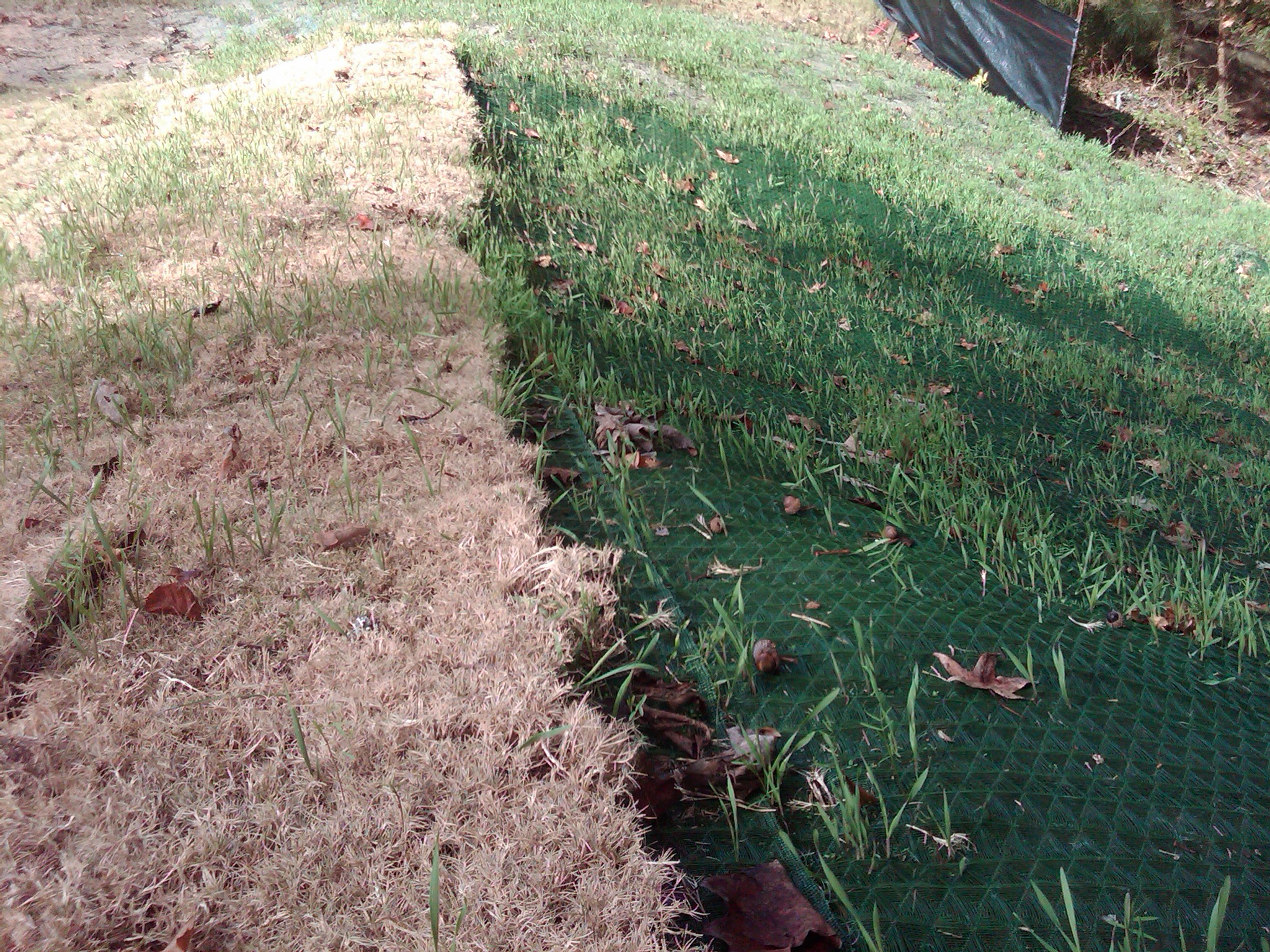Investigating High-Strength Woven Geotextile Reinforcement
If you’re in the civil engineering or environmental industry, chances are you know what geotextiles are. They are often used for soil stabilization purposes, including roads, landfills, drainage structures, and the like. Geotextiles allow construction to be completed in areas that were previously not suitable to build on. Let’s investigate high-strength geotextile reinforcement on a deeper level to understand exactly what they are, how they work, when they’re used, along with their many benefits.
What Is Geotextile Reinforcement?
High-strength geotextile reinforcements employ a specific type of geosynthetic material that is used to improve the strength and stability of soil. Geotextiles are placed in layers underneath the soil surface to increase the soil’s resistance to shear stress and deformation. This type of reinforcement is often used in areas that are susceptible to landslides or erosion, as it can help to reduce the amount of movement that takes place. In addition, high-strength geotextile reinforcement can also be used to improve the stability of man-made structures built on slopes, such as roads and bridges. By increasing the soil’s resistance to failure, these reinforcements can help to prevent catastrophic failures and protect the environment and property.
How High-Strength Geotextiles Work?
High-strength geotextile reinforcement provides added strength and durability to subgrades and surfaces, while also helping to reduce cracking, creep, and other damage. The geotextiles themselves are made from chemically resistant synthetic fibers to prevent biodegrading. They are either woven or knitted together from high-strength polypropylene or polyester. The type of material used will impact the properties of the reinforcement, such as its strength and resistance to UV radiation.
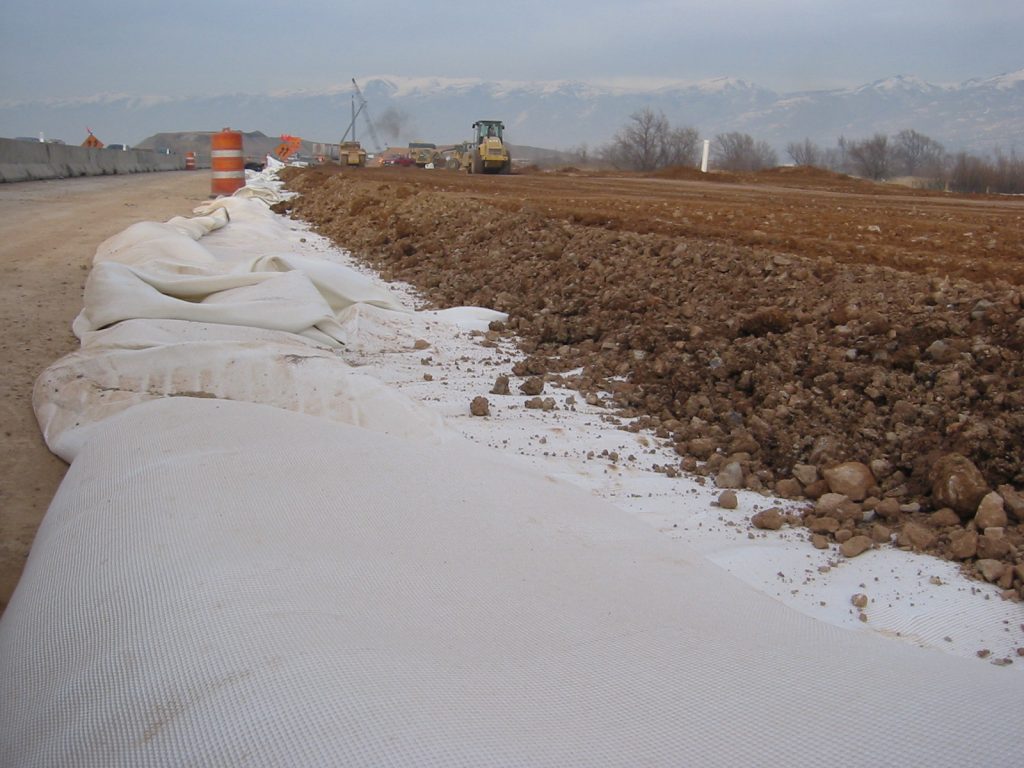
Why Use High-Strength Geotextiles?
High-strength geotextile reinforcement has many benefits when applied in construction projects. One of the most significant benefits is that it can help to stabilize soil. The geotextile fabric is placed over the soil, and then the soil is compacted. This creates a stronger foundation that is less likely to be eroded by wind or water. In addition, geotextile reinforcement can also help to increase the load-bearing capacity of the soil. This is particularly beneficial for construction projects that require a high degree of support, such as highways and bridges. Geotextile reinforcement can also be used to improve drainage. The fabric helps to channel water away from the project site, preventing flooding and minimizing the risk of damage. Other applications include:
- Embankments
- Steepened Slope
- Retaining Walls
- Tailings and Sludge Pond Caps
- Landfill Voids
When Should They Be Used?
High-strength geotextile reinforcements are designed to be used in civil engineering and construction applications. In general, geotextiles can be used to improve the stability, performance, and longevity of a variety of structures including roads, embankments, railways, canals, and dykes. They can also help mitigate differential settlement in locations with dissimilar subsoil conditions.
Cut Costs with High Strength Woven Geotextile Reinforcements
Geotextile reinforcement has become increasingly popular in recent years as a way to strengthen and reinforce the soil. They are a cost-effective way to make previously unusable land usable and allow work to be completed in locations that would be otherwise inaccessible. Geotextile reinforcement will actually save you money in the long run. With geotextiles, you will be able to get the job done and avoid additional repairs later. This makes it a worthwhile investment for environmental and civil engineering project managers.
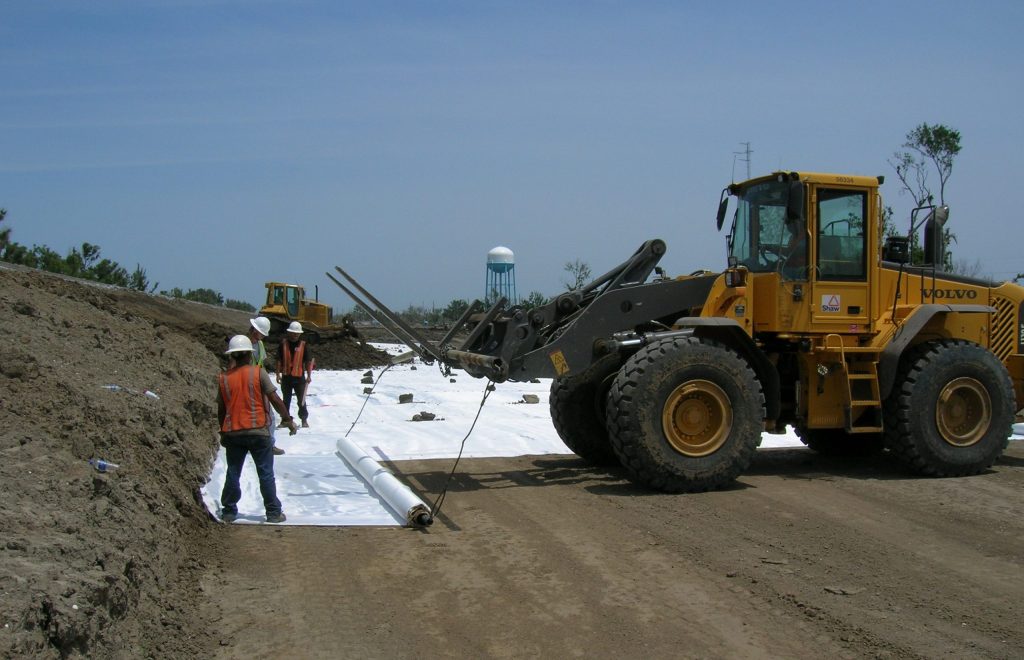
Work With IWT Cargo-Guard
Ready to implement high-strength geotextile reinforcement into your project? We can help you get started. IWT Cargo-Guard is the premier supplier of the products you need to get the job done and protect the environment. Whether you’re in need of geotextiles or floating turbidity curtains, we got you covered. Learn more about our products and check out our project spotlights to see them in action. Reach out to get started.
